We may earn money or products from the companies mentioned in this post. This means if you click on the link and purchase the item, I will receive a small commission at no extra cost to you ... you're just helping re-supply our family's travel fund.
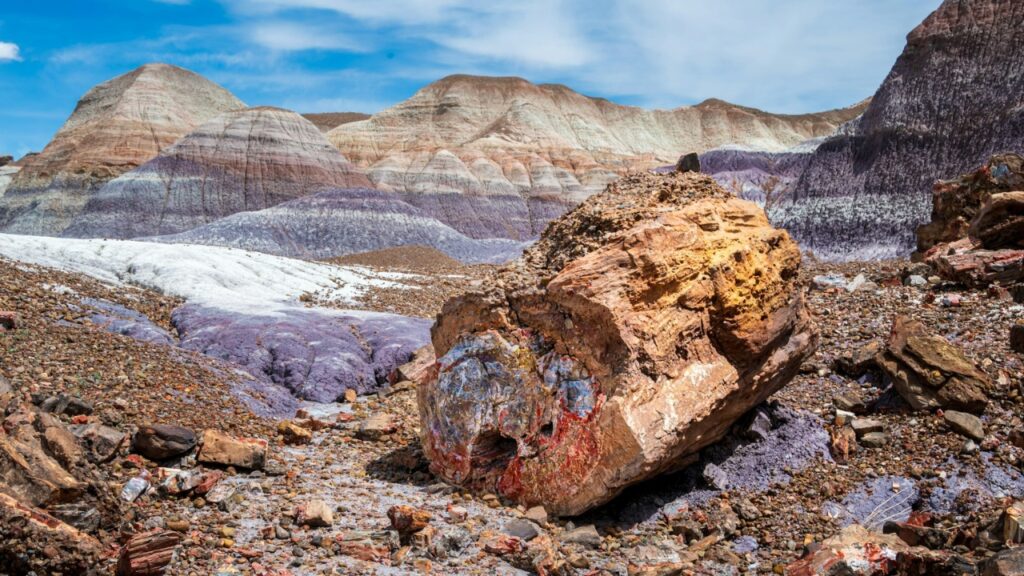
To step into Petrified Forest National Park is to step into a world painted in impossible colors, a landscape where time itself feels tangible. This is more than a forest turned to stone; it is a journey through 200 million years of history, from ancient riverbeds to the vibrant hues of the Painted Desert. To truly connect with its magic, you need a plan. Think of this as your insider’s guide to unlocking the secrets of this otherworldly place, ensuring your visit is as profound and memorable as the landscape itself.
Drive the Park from South to North
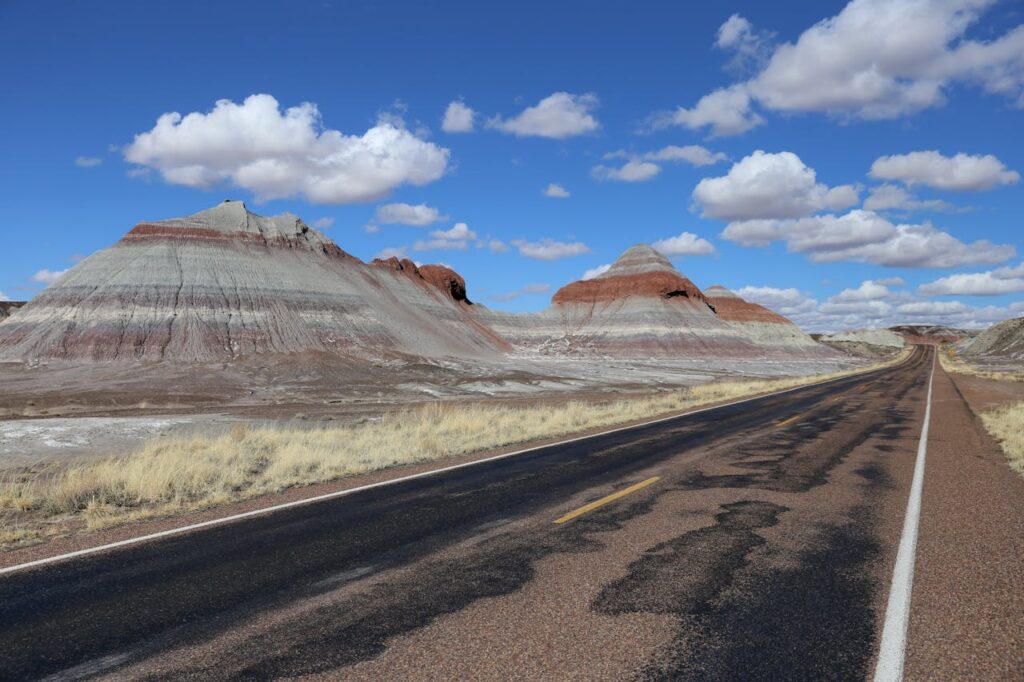
The most rewarding way to experience this park is to enter from the south entrance off Highway 180. This deliberate route allows you to begin your journey among the highest concentrations of petrified wood, building a narrative that culminates in the grand vistas of the Painted Desert. By saving the breathtaking, panoramic overlooks for the end of your drive, you create a more powerful and emotionally resonant experience. It’s a simple shift that transforms a drive into a story.
Start at the Rainbow Forest Museum
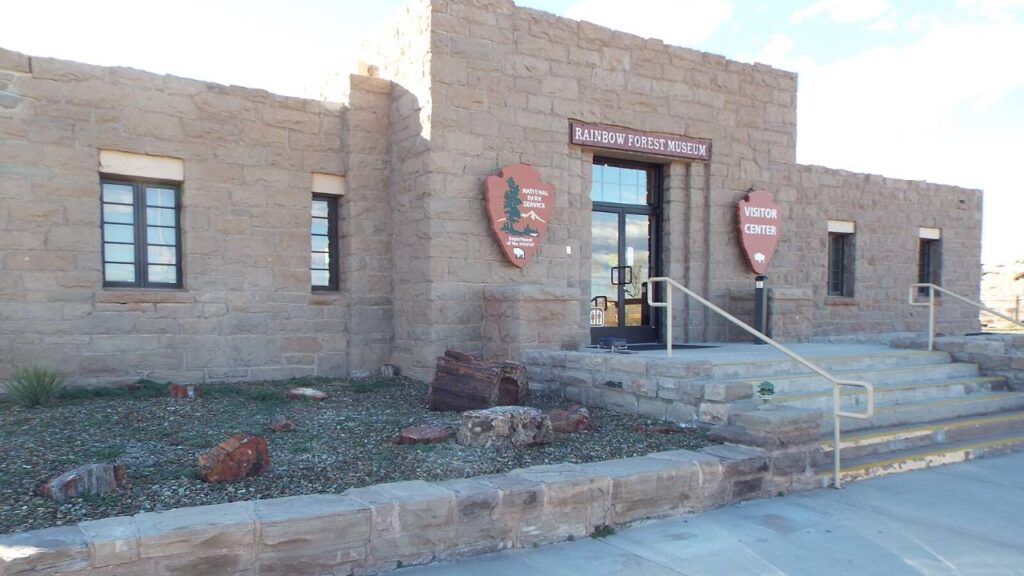
Before immersing yourself in the landscape, ground your visit in the science that makes it all possible. Make your first stop the Rainbow Forest Museum near the south entrance. The exhibits here beautifully explain the geological alchemy that transformed a Triassic forest into the rainbow-hued quartz logs you see today. Understanding the process of mineralization and the immense timescales involved deepens your appreciation for every fossil and crystal you encounter on the trails.
Walk the Giant Logs Trail
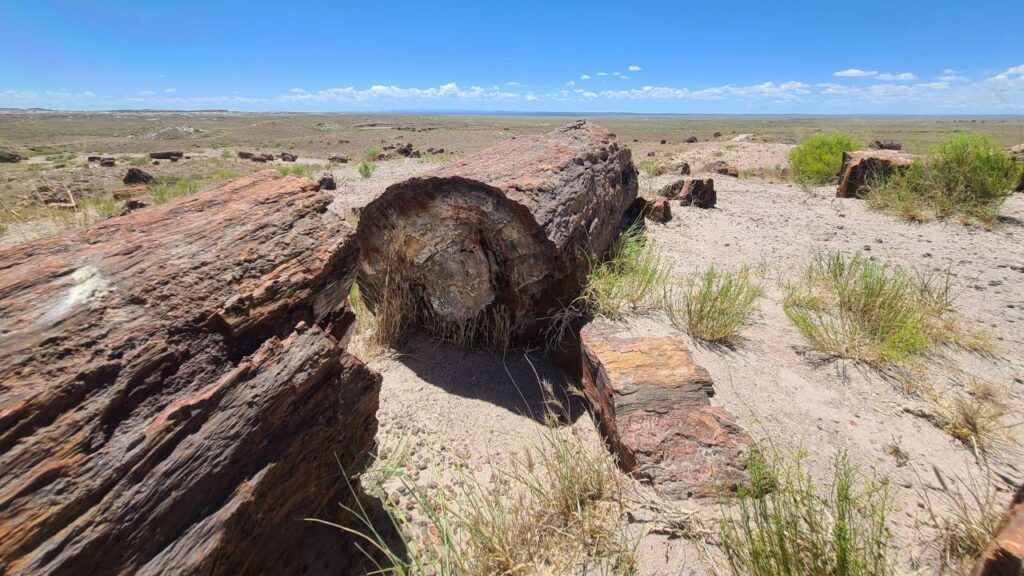
Just behind the Rainbow Forest Museum lies one of the park’s most staggering displays. The Giant Logs Trail is a short, accessible loop featuring some of the largest and most brilliantly colored specimens of petrified wood on Earth. You’ll stand beside massive logs, including the aptly named “Old Faithful,” which is nearly 10 feet in diameter. It is here that you get a true, humbling sense of the scale of the ancient forest that once thrived in this now-arid landscape.
Don’t Miss the Crystal Forest
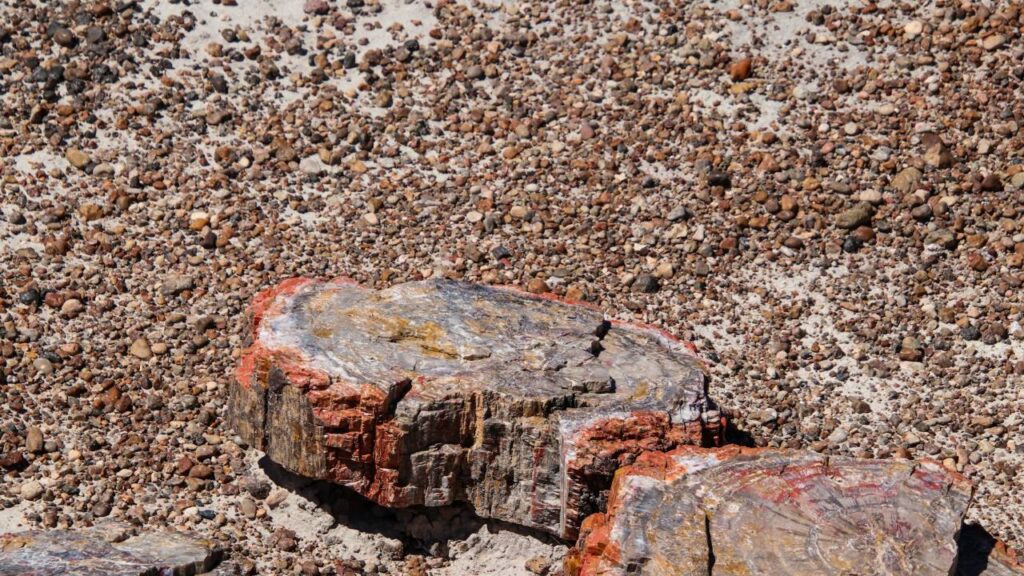
This half-mile paved trail reveals a more delicate kind of beauty. The logs in the Crystal Forest are renowned for the hollows and cracks filled with sparkling quartz and amethyst crystals. As you walk the loop, look closely at the logs glistening in the Arizona sun. You will see why this particular area was so coveted by early souvenir hunters. It’s a glittering, natural mosaic that showcases the slow, beautiful magic of geology at its finest.
Hike Down into the Blue Mesa
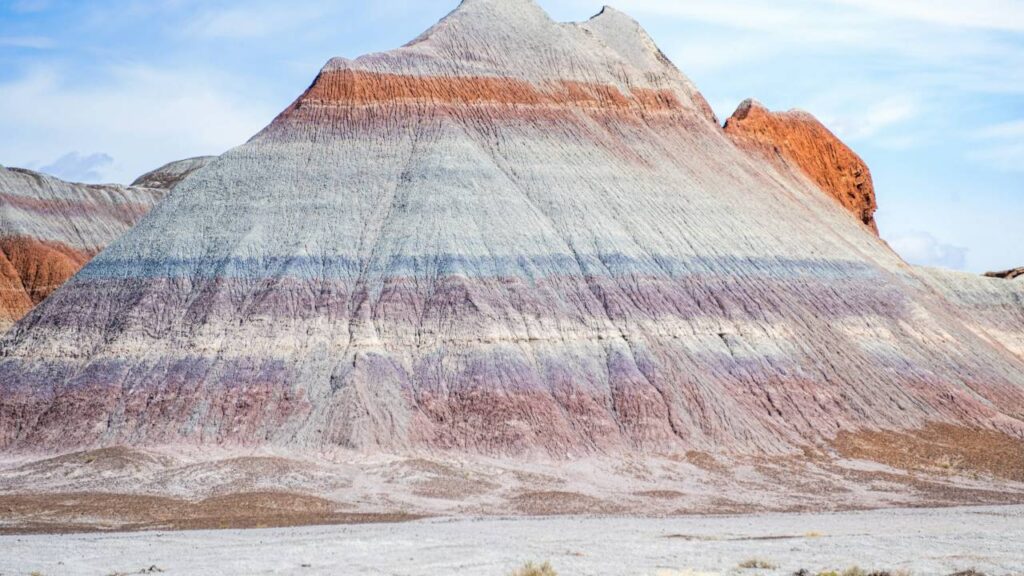
For a truly otherworldly experience, you must leave the road behind and walk the one-mile paved trail at Blue Mesa. This loop descends from the mesa top into a surreal landscape of blue, purple, and grey-striped badlands. Walking among these softly eroded, cone-shaped hills feels like exploring another planet. The trail surrounds you with color and texture, offering a far more intimate and immersive perspective than you can get from the overlooks above. This is an unforgettable highlight of the park.
Connect with Human History at Puerco Pueblo

This park protects more than just ancient trees; it’s a landscape of deep human history. A short, accessible trail at the Puerco Pueblo site leads to the stabilized ruins of a 100-room ancestral Puebloan village. Inhabited over 600 years ago, this settlement overlooks the Puerco River, and you can still see the foundations of the homes where people lived. It is a powerful reminder that this starkly beautiful landscape has supported human life for centuries.
Gaze upon Newspaper Rock
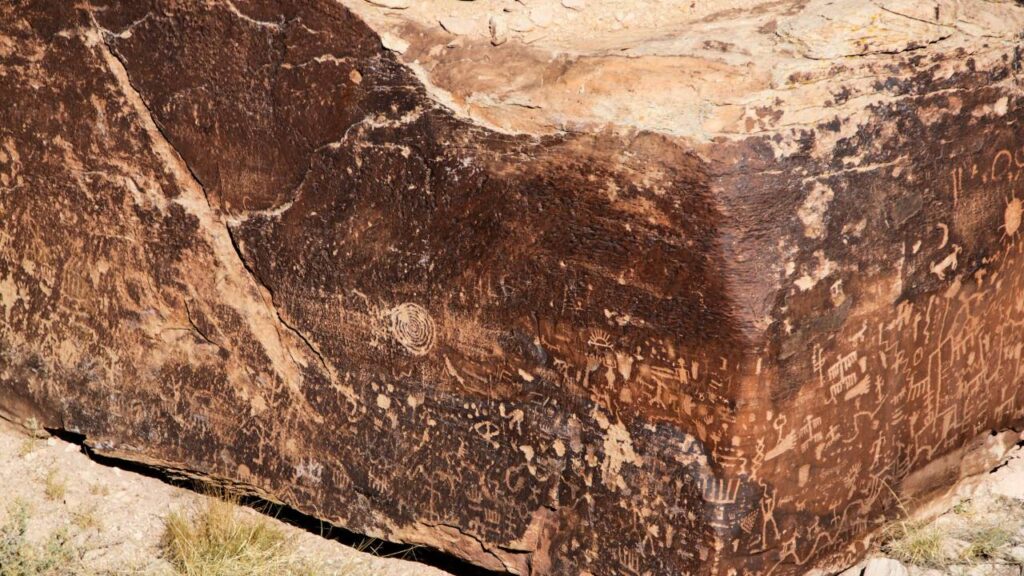
Just a short distance from Puerco Pueblo, you will find one of the most significant petroglyph sites in the American Southwest. Newspaper Rock is a large boulder densely covered with over 650 individual rock carvings made by ancestral Puebloan people between 650 and 2,000 years ago. While you view the rock from an overlook using provided spotting scopes, the sheer concentration of symbols and stories etched into the stone is mesmerizing. It is a silent, enduring library of a culture long past.